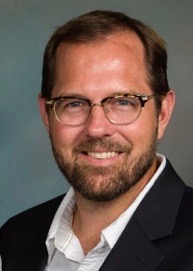Join us as we begin a series of posts focusing on the prioritization of religious freedom in American law and culture. This week our discussion focuses on religious liberty in American during the nineteenth century and is was initiated by Richard Garnett’s post “Religious Freedom in Early America: Complicating the Common Narrative.”
By: Donald L. Drakeman
Pluralism is hard work. As Garry Wills points out in Inventing America, “Running men out of town on a rail is at least as much an American tradition as declaring inalienable rights.” This not-always-creative tension between individual rights and community values started early. Nathaniel Ward’s satirical Simple Cobbler (1646) “proclaim[ed] to the World . . . that all . . . Anabaptists, and other Enthusiasts shall have free liberty to keep away from us, and such as come to be gone as fast as they can, the sooner the better.”
Religious enthusiasts were unwelcome in the Simple Cobbler’s early New England, while, today, 350 years later, we hear more complex arguments cobbled together to, once again, grant religious enthusiasts liberty to absent themselves from the public square. In between, argues Steve Smith’s fascinating new book, is a time—largely the nineteenth century—when America made pluralism “work.” Despite enduring battles between the competing national visions of the providentialists and the secularists, the genius of the “American settlement” was that it took a diverse population “embracing a multitude of different faiths and, without suppressing their differences,” [held] them together in a single community.” Then, the twentieth century Supreme Court stepped in, and awarded victory to the secularists; meanwhile, the providentialists—who see America as part of a divine plan, and who believe that religion is important to civic virtue—are ridden out of town on a constitutional rail.
As Rick Garnett points out, the nineteenth century might not have been as idyllic as this picture suggests, especially for recent immigrants and religious minorities. I would like to suggest that American religious pluralism “worked,” in Smith’s words, largely because there was a lot of space. American religious minorities have a long tradition of moving to wide open spaces, from Roger Williams to the Mormons, and beyond.
Nineteenth-century church-state discussions typically begin with Jefferson’s “wall of separation” letter. Often overlooked in the letter, after the part about conscience as a “natural right,” is the statement that there is no “natural right in opposition to . . . social duties.” Since then, we’ve been pretty continuously struggling with how to balance religious rights and “social duties.” And that balance was struck largely by local legislative bodies rather than federal courts.
Jefferson and every other nineteenth-century president, for example, supported what ultimately became expensive campaigns essentially to teach Native Americans proper “social duties” by funding Christian missionaries to civilize and Christianize the Indians. Enthusiastic supporters of this federally-funded evangelism even included separationists like President Grant, who handed management of government agencies over to the Quakers while simultaneously calling for keeping “Church and State forever separate.”
Of course, Grant was speaking largely in anti-Catholic political code, and Protestant-Catholic disputes over education are an important part of the nineteenth-century landscape. As the disputes moved further into the frontier, interesting alliances appeared, as pluralism worked itself out in the political arena. Here is Steven Green quoting from a contemporary journal about the conflicts in Cincinnati: “Catholics and freethinkers were united in banishing the [Protestant] Bible, evangelicals and freethinkers were united in opposing Catholic power, and Protestants and Catholics were united against freethinker efforts to secularize education.”
Figuring out how to make all this pluralism work was, and is, difficult. To the extent that Steve Smith believes that it worked better in the nineteenth century, there may be (at least) two good reasons. Then, it was rare—at least if you weren’t a Native American or a Mormon—for the federal government to chase you into the frontier and force you to adopt an officially approved standard. Wide open spaces were friendly to religious “enthusiasts.”
But, today, space is sparse, and the modern Court’s incorporation doctrine has turned every minor, local church-state disagreement into a federal case. The coalition-building that once made such strange bedfellows of the evangelicals, Catholics, and freethinkers is now often a thing of the past, as the Supreme Court has set national, winner-take-all standards in place of the local “how can we work this out?” political compromises of the nineteenth century. Despite all our careful thinking about these tough issues, the Scylla and Charybdis of geography and jurisdiction have combined to make it increasingly challenging to create unum e pluribus.
Donald L. Drakeman is a Visiting Fellow in the Program in Church, State, and Society at Notre Dame Law School.
This piece was originally authored on May 28, 2014 for the Religious Freedom Project at Georgetown’s Berkley Center for Religion, Peace, and World Affairs.
THE RFI BLOG
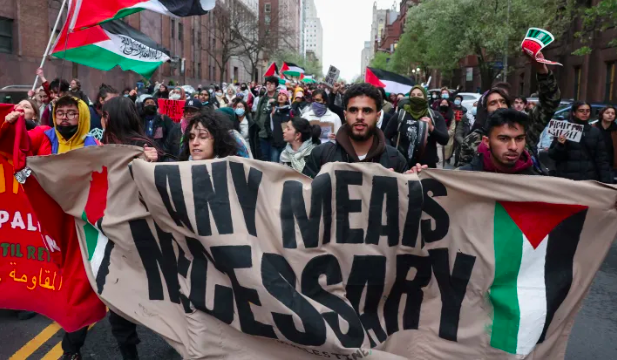
The Horrendous and Maddening Anti-Semitism in New York City
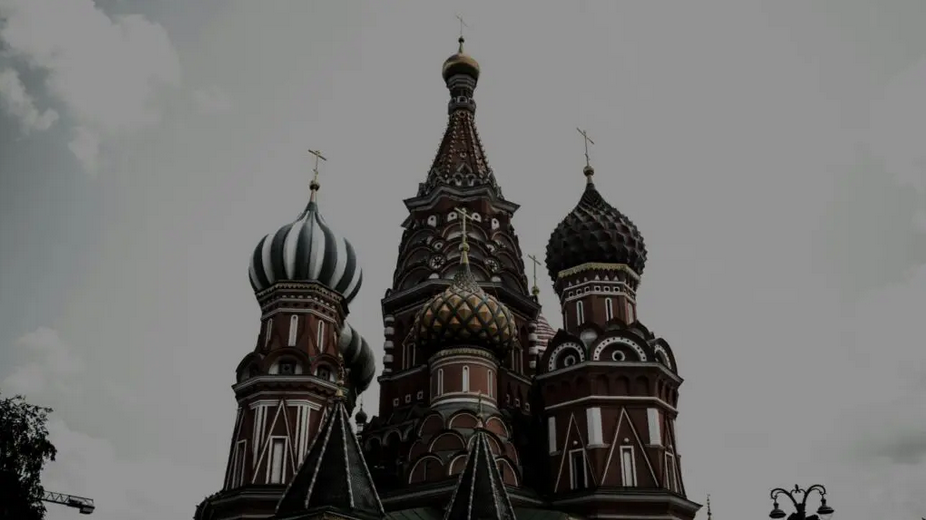
Religion, the ‘Russian World,’ and the War Against Ukraine
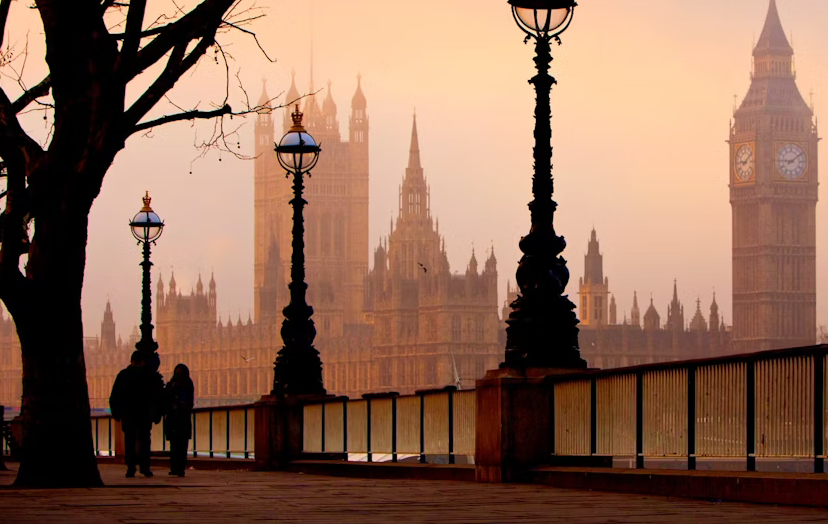
Religious Freedom Is Back on the UK’s Agenda
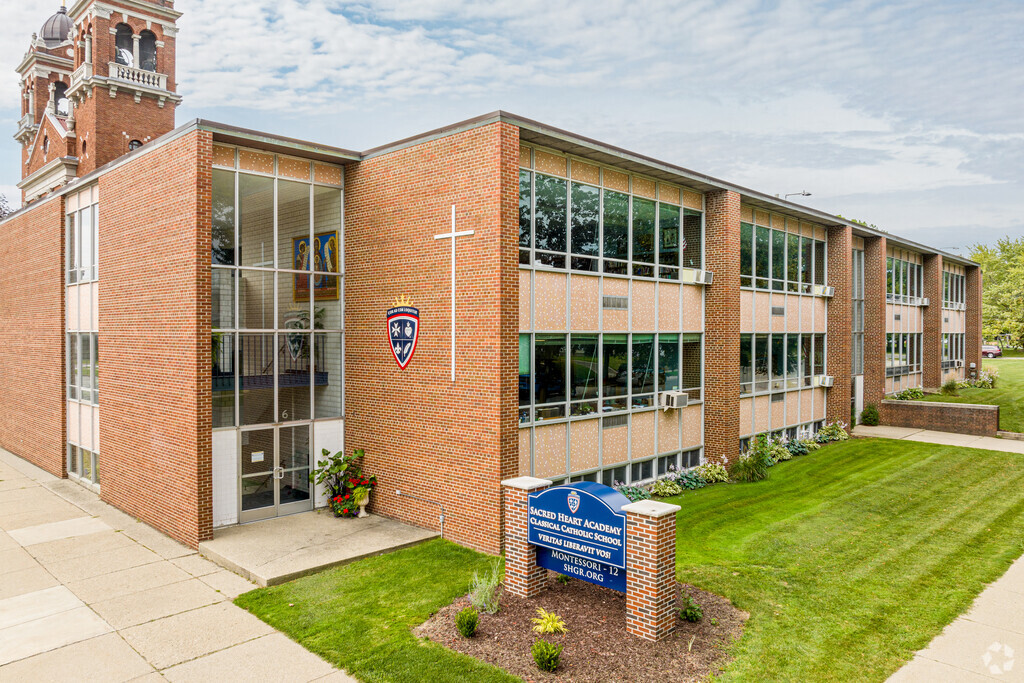
Be More Faithful, Become More Resilient: An Invitation to Religious Institutions

How Soccer Reveals Different Meanings Of ‘Secular’ In France And The US
CORNERSTONE FORUM

Public Bioethics & the Failure of Expressive Individualism

Religious Liberty in American Higher Education

Scotland’s Kate Forbes and the March of Secularism

70 Years of Religious Freedom in Sweden: Prospects and Challenges
